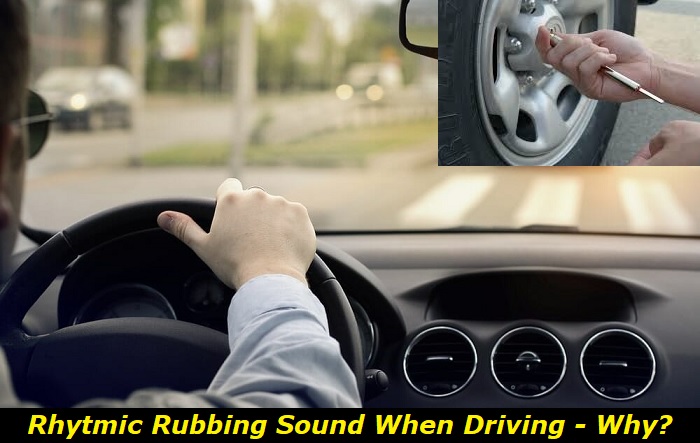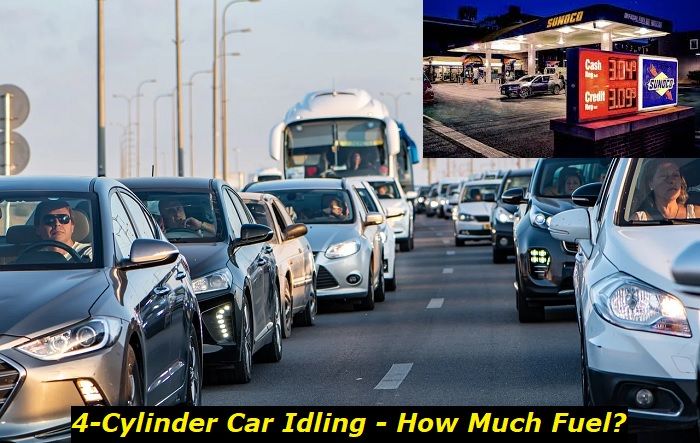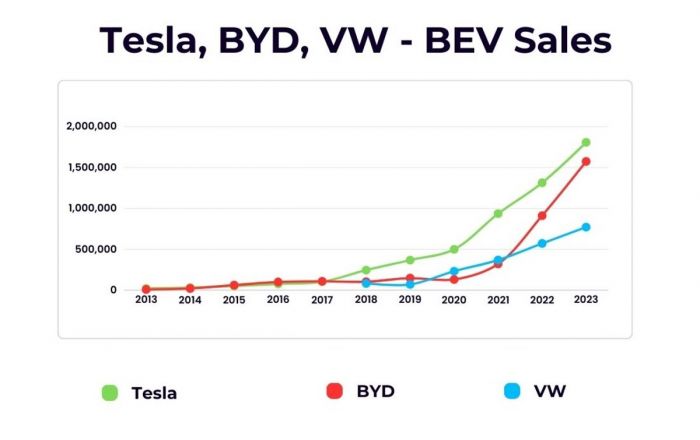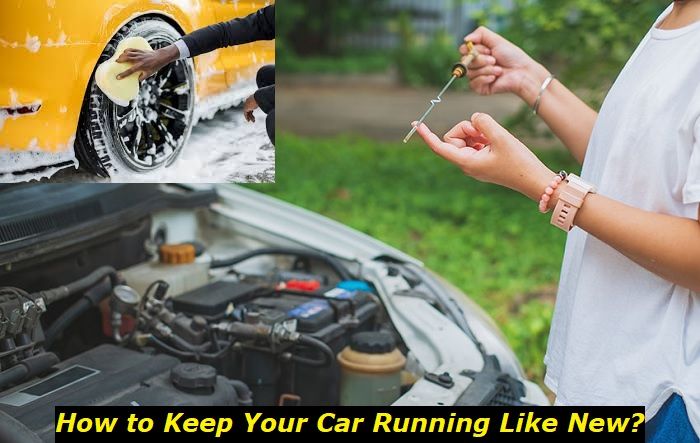The engine noises at a slow and fast speed become familiar after driving a car for a while. It is easy to note any strange noise as soon as it starts, including a rhythmic rubbing sound. The challenging part is identifying and fixing the source to prevent further damage.
Wheels problems highlights
- Level of importance:medium
- Common reasons:potholes, accidents, lug nut problems
- DIY inspection:possible
- DIY repair:possible
- Average price in shops:$50 - $350
- Average time:0.5 - 3 hours
- If ignored:wobble, wheel falling off, vibration, no drive

What Causes a Rhythmic Rubbing Sound While Driving?
Several issues cause a grinding or rubbing noise when driving. The noise may become audible or louder in certain operations such as braking, accelerating, turning, or changing gears. The car parts that make such a noise when worn out or defective are wheel bearings, alternator, brake pads, CV joint, brake calipers, and water pump.
1. Failing Wheel Bearings
Wheel bearings connect the wheels to the axle, allowing the tire and wheel to rotate. Wheel bearings cause a disturbing rubbing noise when they wear out. You will hear the noise when turning the car.
Other issues with bearings that may lead to the grinding noise include contamination and poor lubricant. The bearings are designed to function with low friction. You can determine if failing wheel bearings are causing the rubbing sound by turning your car.
Turn your vehicle to the right and then make a complete left while listening to the sound. If the rubbing sound is louder when turning, the wheel bearings have a problem. In addition, improper tire installation may cause disturbing sounds.
2. Brake Problems
Brake issues such as worn-out brake pads, shims, and rotors can cause rubbing noises. You can test your car for braking problems by adding more force on the brake pads when slowing down. If the rubbing sound gets worse as you brake, chances are that your brake pads are worn-out.
If the brake linings are worn-out, the noises appear when the brake rotor rubs against the brake caliper. Other brake problems that can cause weird sounds are dirt or debris in the brakes, lack of lubrication, and infrequent driving. The noises may come from the rear or front brake or both.
3. A Failing CV Joint
An old constant velocity (CV) joint may cause you to lose control when driving. If the CV joint is worn-out, your car may be stuck in the parking or make scraping noises when turning. The noises are louder when you make tight turns while driving slowly.
4. Alternator Problems
The alternator powers the electrical components and charges the battery. The car battery may run out of charge if the alternator fails. Depending on the model, the alternator in your car may have a decoupler pulley system for saving fuel.
The pulley system may produce strange noises when the alternator wears off. Sometimes the noises are hard to trace until you test one part at a time.
5. AC Compressors
The AC system helps you to maintain the right temperature in the cabin. However, defective AC compressors may make strange sounds when driving. You can tell that the rubbing sound is coming from the AC because it disappears when you turn it off.
6. Water Pump Failures
A faulty water pump produces a grinding noise when your car engine is running. A defective water pump cannot circulate coolant efficiently to the engine compartment. Hence, a quick fix is necessary to avoid overheating problems and stop the strange noise.
How to Fix the Rhythmic Rubbing Sound
When you first notice the rubbing sound, listen keenly instead of panicking. You may narrow down the possible sources by paying more attention to the noise. Note when the noise becomes louder. For instance, you may notice the noise is only audible when turning in a certain direction or applying brakes.
Fixing the rhythmic rubbing sound involves several steps to identify the part making the sound. Identifying the source by just listening is challenging, especially when the engine is running. Some car engines are loud.
Hence, you need to inspect all parts, one at a time, in the following steps.
1. Lift the Car off the Ground
Use a mechanical jack to lift and support the vehicle. It is advisable to buy a jack for emergency tire changes or fixes. You will have a clearer view of the suspected parts when the vehicle is off the ground. You will also need protective gear, the car's manual, and a piece of rubber hose.
The rubber hose is an improvised way of listening to sounds from different parts. You can ask for a better tool from a car shop.
2. Inspect the Brake System and Dust Shield
If you notice that the rubbing noise gets louder when you use more pressure on the brakes, diagnose the braking parts first. Check if the brake pads are old and require replacements. You can replace the pads while following the car manual but ensure the new ones are top quality.
You also need to inspect the brake calipers and rotors. The process requires mechanical expertise. Hence, you may need to drive to a mechanic shop if you lack the expertise to diagnose and fix the rotors and calipers.
If the dust shield is broken or worn out, your car brake rotors, calipers, and pads may develop issues. The dust shield protects the brake system from debris and water contamination. The metal sheet also protects the drive train parts and suspension from excessive heat from the braking system.
The dust shield is easy to identify and diagnose for wear. If the sheet works efficiently, clean any dirt because it may contribute to the rubbing sound.
3. Check the Wheels
Faulty wheel bearings cause a grinding sound when you turn the car. Use your car manual to identify the wheel bearings and axle. Check for any wear and tear signs. In addition, inspect if the tires are worn-out or improperly installed.
Your car may require new tires or bearing repairs. If the wheel bearings and tires are in good working condition, check and fix the lubrication. Regular car service minimizes the chances of poor or contaminated lubrication.
Sometimes the solution is as simple as inflating underinflated tires or sealing any leaks. You can tell that the tires are leaking if they are underinflated often.
4. Test the Water Pump and Alternator
Start the engine and open the hood. Use the manual to identify the water pump, power steering, and alternator. Use the piece of hose to inspect each part at a time.
Place one end of the hose on the water pump and the other in your ear while the engine is still running. Move to the steering pump and the alternator if you do not hear any sound from the water pump.
If any of these parts has a defect, you will hear the rubbing sound in your ear. If you do not hear any strange from these parts, the sound is coming from another faulty part.
5. Replace the CV Joint
A defective CV joint causes the rhythmic rubbing sound from the front when you drive at a slow speed. You need a mechanic to check and replace the CV joint immediately. Always insist on quality parts when replacing defective parts and consult certified mechanics.
6. Test Drive the Car
You need to test the car after repairing or replacing any part. Sometimes the car has several faulty parts, but one makes the loudest noise. Turn the AC on and off and listen for any strange noises.
Drive at a high and slow speed as you listen. Apply gentle and hard pressure on the brake pads, and try left-to-right turns. Try the tires on different terrains. You will not hear any rubbing sound if you identify and fix all the faulty parts.
Seek help from a mechanic shop if the noises persist. The mechanic will easily identify the problem because you have eliminated the obvious issues. Consulting an expert mechanic is advisable if you have limited time or knowledge to check all the possible defects.
7. Consistent Maintenance
Some issues like poor lubrication and dirt in the brake system are preventable with regular cleaning and maintenance. Your repair service will advise when you need to replace tires or worn-out bearings.
A change is necessary if you have been consistent with car service but still experiencing preventable mechanic issues. You can also schedule a full car diagnosis at least twice a year with an expert mechanic, especially a specialist in your car model.
Conclusion
You have no reason to worry about any strange rubbing noise while driving. You can use this guide to inspect the common sources, including faulty wheel bearings, the alternator, old brake pads, and a faulty pump. A broken AC, leaking radiator hoses, and a failing CV joint can also cause a rhythmic rubbing noise.
The good news is that you can diagnose these parts at home and identify the noise source. Your mechanic will help you with the parts you can only test and replace with proper tools. Remember to regularly clean and service your car to prevent severe mechanical issues.
About the authors
The CarAraC research team is composed of seasoned auto mechanics and automotive industry professionals, including individuals with advanced degrees and certifications in their field. Our team members boast prestigious credentials, reflecting their extensive knowledge and skills. These qualifications include: IMI: Institute of the Motor Industry, ASE-Certified Master Automobile Technicians; Coventry University, Graduate of MA in Automotive Journalism; Politecnico di Torino, Italy, MS Automotive Engineering; Ss. Cyril and Methodius University in Skopje, Mechanical University in Skopje; TOC Automotive College; DHA Suffa University, Department of Mechanical Engineering






Add comment